home |
avr microcontroller & DIY electronics |
toolbox |
science club |
tuxtalk |
photos |
e-cards |
Online-Shop

no preservatives added blog |
computer and graphics corner |
herbal treasure chest |
splash into math |
stardust |
periodic table
crocus
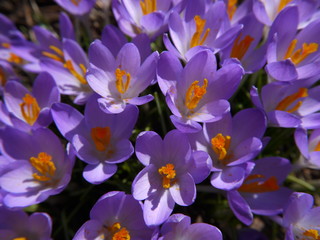
how to grow:
Crocus always come out as the first plants in our garden after the long winter. It's so wonderful to see the garden come back to life and get some color after all the white during winter. It's a sign that winter won't last forever and spring is finally on its way. So crocus is really special.
Crocus are easy to grow. To plant crocus you need bulbs (called corms) which you put into the soil in the fall. They are perennials who will come back year after year and are hardy in US zones 3-8.
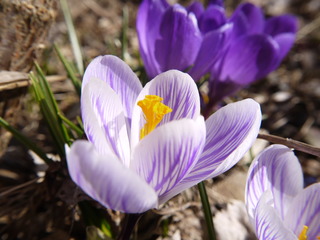
medicinal properties
The crocus that blooms in our garden in the spring is poisonous when taken in bigger quantities. It is said to be good for cholesterol and high blood pressure. However I think I like it best because it is one of the earliest plants that come out in our garden after the long winter.
There is another kind of crocus called blue saffron crocus (crocus sativus) that is known to produce saffron which is the priciest spice on earth. The plant itself is said to be poisonous but the saffron has some medicinal properties.
In "Healing Spices" Bharat B Aggarwal writes that in Persian traditional medicine saffron is used for depression. Two compounds in saffron, crocin and safranal seem to protect the levels of some brain chemicals like serotonin, dopamine and norepinephrine which boost and stabilize the mood and therefore help with fighting depression.
According to Bharat B Aggarwal saffron can also be used for treating atherosclerosis, menstrual cramps, premenstrual syndrome, male infertility, anxiety and insomnia, memory loss, age related macular degeneration, Parkinson's disease, multiple sclerosis and slowing Alzheimer's disease.
Saffron is soluble in water and when put into warm water the water immediately turns yellow. That's how you can differentiate it from similar looking powders like turmeric.It should not be stored in the fridge.
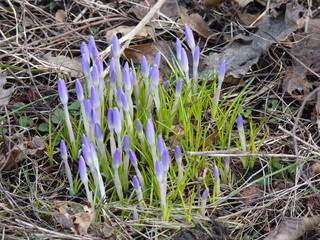
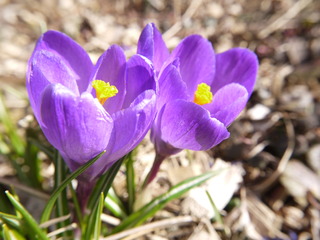
cautions and possible side effects:
- The crocus that blooms in our garden in spring is poisonous in bigger doses.
- The saffron of the saffron crocus (crocus sativus) should only be used in small doses (far less than 10g).
- Larger amounts of saffron might cause miscarriage or worsen some heart conditions.
- Eating more than 12g can cause death.
- Saffron might trigger impulsive behavior with people with bipolar disorder.
- Some people might have an allergic reaction.
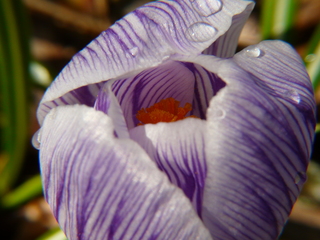
further reading:
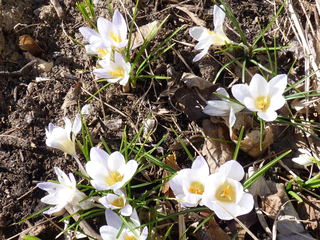
Copyright © 2004-2025 Katja Socher, tuxgraphics.org







